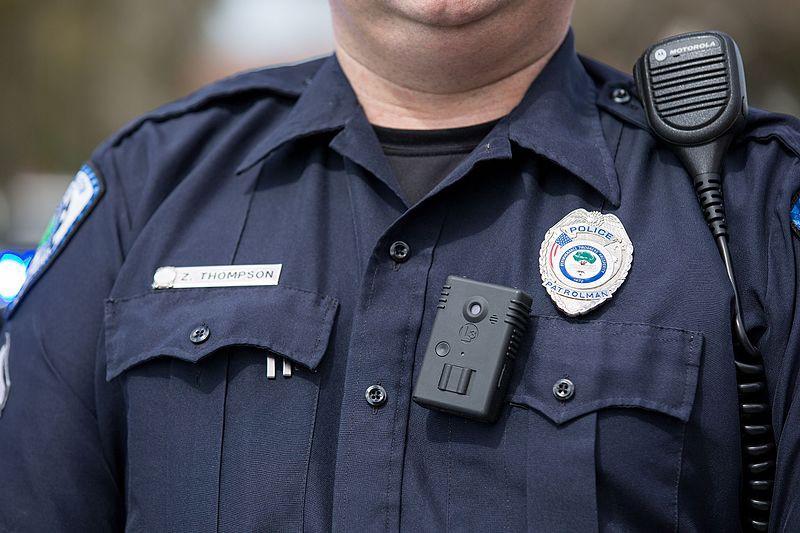In spite of policy change, Minneapolis body camera program falls short
The fatal shooting of Minneapolis resident Justine Damond, a white Australian native, by police officer Mohamed Noor in July reignited a local debate about the use of body-mounted cameras. Noor and fellow officer Matthew Harrity didn’t have their body cameras on when Damand was killed, a revelation that spurred interim Police Chief Medaria Arradondo to […]

The fatal shooting of Minneapolis resident Justine Damond, a white Australian native, by police officer Mohamed Noor in July reignited a local debate about the use of body-mounted cameras. Noor and fellow officer Matthew Harrity didn’t have their body cameras on when Damand was killed, a revelation that spurred interim Police Chief Medaria Arradondo to immediately require city police officers activate their cameras during all civilian interactions. Before Damand’s death, officers were required to use these cameras during traffic stops and when the potential for criminal activity was present, but not necessarily for all encounters with civilians, City Pagesreports.
Yet two months after the new policy went into effect, an audit reveals that many Minneapolis officers still struggle with proper use of the technology. While the amount of footage recorded by officers has more than doubled since Damond’s death, officers frequently did not check to see if the cameras were working properly, or turned them off prematurely. Many officers also failed to correctly categorize video, making it more difficult to locate for review and in some cases, causing footage to be inappropriately deleted. As a result, the audit found that 7 percent of use of force video and 29 percent of general video was either missing or lost.
The audit’s most damning conclusion concerned the lack of oversight of the program. It found that supervisors are not reviewing footage to ensure officers are using the cameras correctly. “There’s some people who never have it on,” said City Councilmember Linea Palmisano at a news conference last week. “This is a very expensive program, and there isn’t oversight of this, and there isn’t governance.”
Chief Arradondo conceded that “there’s still a lot of work to be done, and we’re still learning.”
Hennepin County Attorney Mike Freeman recently told NPR that the existence of video documenting Noor’s encounter with Damond would have provided “more concrete evidence” for him to assess whether to charge Noor. Earlier this month, the County Attorney told community members he was “saddened by the death of this fine young woman,” adding that it “shouldn’t have happened.” He was criticized for these comments by Mayoral candidate Nekima Levy-Pounds in a Facebook post, who called the statement a prime example of “why many people of color feel that there is a double standard in how the system, and decision-makers within the system, treat people differently on the basis of race and socio-economic status.”
The Minneapolis audit, along with the responses of public officials, highlight broader problems local police departments across the country are experiencing with newly-adopted body camera programs. As Brooklyn College Professor Alex Vitale recently observed for In Justice Today, the increased use of cameras seems to create as many problems as it solves, including controversy over who controls the footage, and when cameras should be turned on and off. Despite the hopes of many, these programs appear to be falling short when it comes to increased transparency and rebuilt trust between officers and the communities they serve.
